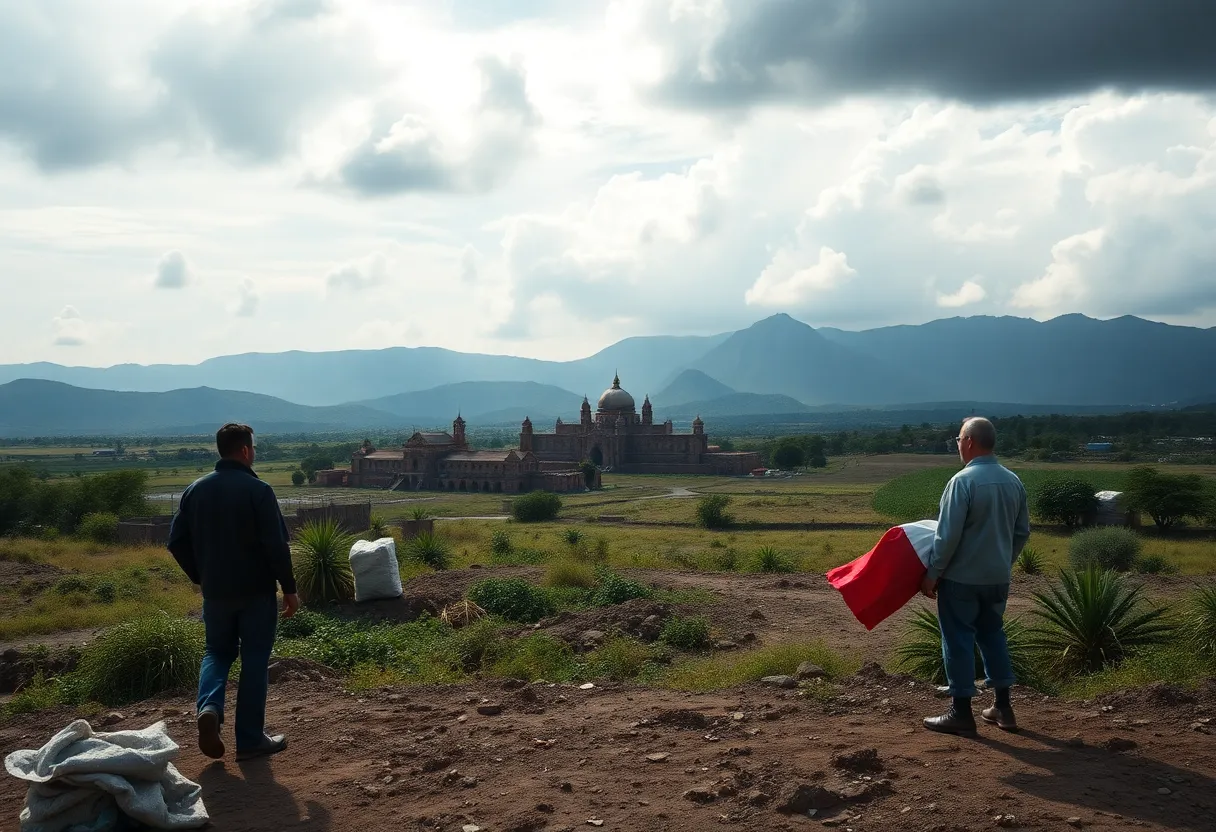People in Older, More Affordable Kansas Homes are More Likely to Lose Power
OVERLAND PARK, Kansas — When a severe thunderstorm rolled through northeast Kansas last July, roaring winds tore down trees all over the region. They smashed into homes and crashed through overhead power lines, shutting off the lights for many.
Mark and Janie Abbott were left in the dark for days. Their Overland Park home was one of nearly 200,000 customers of the energy company Evergy that lost power from the storm. In their 1960s neighborhood, many of the overhead power lines running along the single-story homes string between limbs of tall, decades-old trees. Including a tree in their backyard that appears to come in contact with the lines any time the wind blows.
Mark Abbott said reliable power is critical because his father lives with them. He’s a veteran with disabilities who uses electronic devices to report his health to the hospital.
Jim Lindquist’s home in Roeland Park is served by Evergy and lost power during both the July and January severe storms. He said losing power twice in six months was frustrating and he wants Evergy to do better. He said the company should be paying for stronger infrastructure, like burying power lines.
Disparity in Power Infrastructure
The different experiences highlight a disparity between older neighborhoods with overhead power lines and newer, wealthier neighborhoods that have buried ones. That’s led to frustration from Kansas residents who want more reliable service. They also believe there is an easy solution: bury the overhead power lines. But the electric upgrades they are asking for would cost a fortune, and come with a sharp cost increase to everyone’s energy bills.
The Cost of Change
David Nickel is an attorney who works for the state representing consumers like homeowners before utility regulators. He works for the Citizens’ Utility Ratepayer Board, a state agency also known as CURB, that argues for consumer needs and keeping the rates on electricity bills down. But even Nickel said burying lines isn’t worth it. The cost is just too high. According to Evergy, replacing overhead power lines in a developed neighborhood costs up to $250,000. It would cost more than $1 million to bury the same line.
Evergy estimates replacing all of its overhead power lines would be a multi-billion dollar project. Nickel said everyone would instantly see that on their electricity bills.
Oversight and Support
Republican Sen. Michael Fagg, the chair for the Kansas Senate’s utilities committee, said it’s unlikely lawmakers will shell out money to Evergy to improve their infrastructure. Instead, he said lawmakers delegate that power to state regulators at the Kansas Corporation Commission to make sure utility companies are investing in infrastructure properly.
As part of its oversight, the KCC requires Evergy and other utility companies to provide annual investment plans for improving infrastructure for the regulators to review. In the most recent filing, the KCC found Evergy’s plans were compliant and less costly than other utility companies in the region.
Conclusion
For now, Evergy crews work on restoring power during outages as quickly as they can. And the company has plans to replace aging power line poles with newer ones. But that might be as far as the electricity updates go in the near future.






